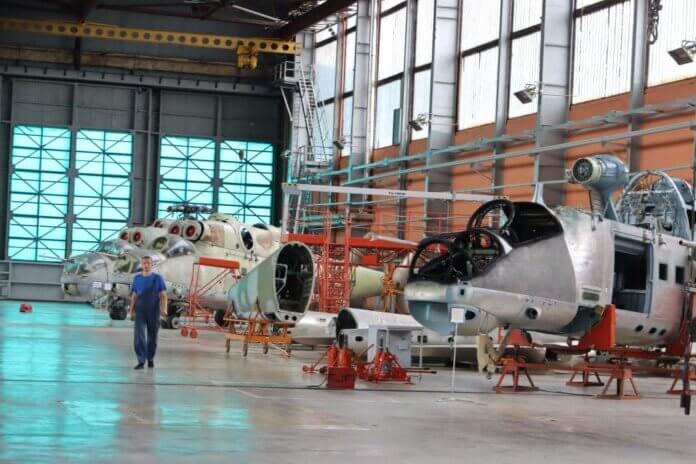In January Russian forces began to mass in Belarus along Ukraine’s northern border when the Deputy Minister of Defence of the Russian Federation, Colonel-General Alexander Fomin, announced that the presidents of the Russian Federation and the Republic of Belarus had agreed to conduct unscheduled exercises of more than 100,000 troops and equipment and assess their readiness to ensure military security, and stabilise the situation on the borders of the Union State of Russia and Belarus.
From 10-20 February, the joint exercise Union Courage 2022 was held to practice tasks of supposedly suppressing and repelling external aggression during a defensive operation, as well as countering terrorism and protecting the interests of the Union State.
On 24 February, those Russian forces deployed in Belarus invaded Ukraine, contrary to all statements made that this would not happen. On Monday 28 February, Belarus voted to allow the country to host nuclear weapons and Russian forces permanently, according to results showed. This was part of a package of constitutional reforms that also extended the rule of leader Alexander Lukashenko. Belarus is a key ally of Russia and last week President Lukashenko allowed Russian troops to use Belarusian sovereign territory to invade Ukraine from the north.
Belarus inherited a number of Soviet nuclear warheads following the break-up of the USSR in 1991, which it then transferred to Russia, according to the Nuclear Threat Initiative think tank.
President Lukashenko first floated possible changes after a presidential vote in August 2020, which sparked unprecedented demonstrations that were met with a brutal crackdown. Russia provided Belarus with a $1.5 billion loan in September in a gesture of support for Lukashenko as protesters took to the streets across Belarus following the election which opponents say was rigged. With his main opposition leaders either imprisoned or forced to flee into exile, Lukashenko was free to become a leading member country of Putin’s new empire.
According to a statement from the Ukrainian Parliament, the Verkhovna Rada, Belarus joined Russia’s invasion of Ukraine with President Alexander Lukashenko’s troops reported to have entered the Chernihiv region in the north of the country on 1 March. The Ukrainian Parliament added that the movement of Belarusian troops was confirmed by Vitaliy Kyrylov, a spokesman for the North Territorial Defence Forces. However, NATO had not backed up the reports and Belarus itself was rejecting the claims and in Washington, a US defense official briefing reporters said on 2 March ‘the US had no confirmation that the Belarusians were entering Ukraine.”
At the same time the UK announced sanctions against four senior defence figures in the Belarus regime for supporting Russia’s invasion of Ukraine. An assets freeze and travel ban was imposed on Victor Gulevich, Belarus’ chief of the general staff and first deputy minister of defence. Also sanctioned were Major General Andrei Burdyko, deputy minister of defence for logistics and chief of logistics of the Belarusian armed forces; deputy minister of defence and chief of armament, Major General Sergei Simonenko; and deputy minister of defence, Major General Andrey Zhuk.
The UK also sanctioned state enterprises JSC 558 Aircraft Repair Plant that overhauls and modernises Su-25, Su-27, Su-30, MiG-29 and Su-22, aircraft, and Мi-8 and Мi-24 helicopters, and JSC Integral, a military semi-conductor manufacturer, which also services and maintains military aircraft from an airbase used by Russian aircraft.
On the sixth day of Russia’s invasion of Ukraine, Lukashenko told a meeting of his security council that he would be sending five tactical battle groups to protect the south of Belarus. More worryingly, Lukashenko also said he was sending troops west to the country’s border with Poland. “We must under no circumstances allow an invasion of NATO forces on Belarusian territory, nor the least operation on our territory,” he said.
by David Oliver














